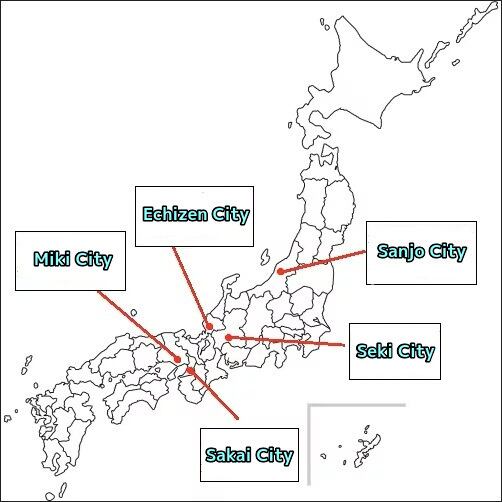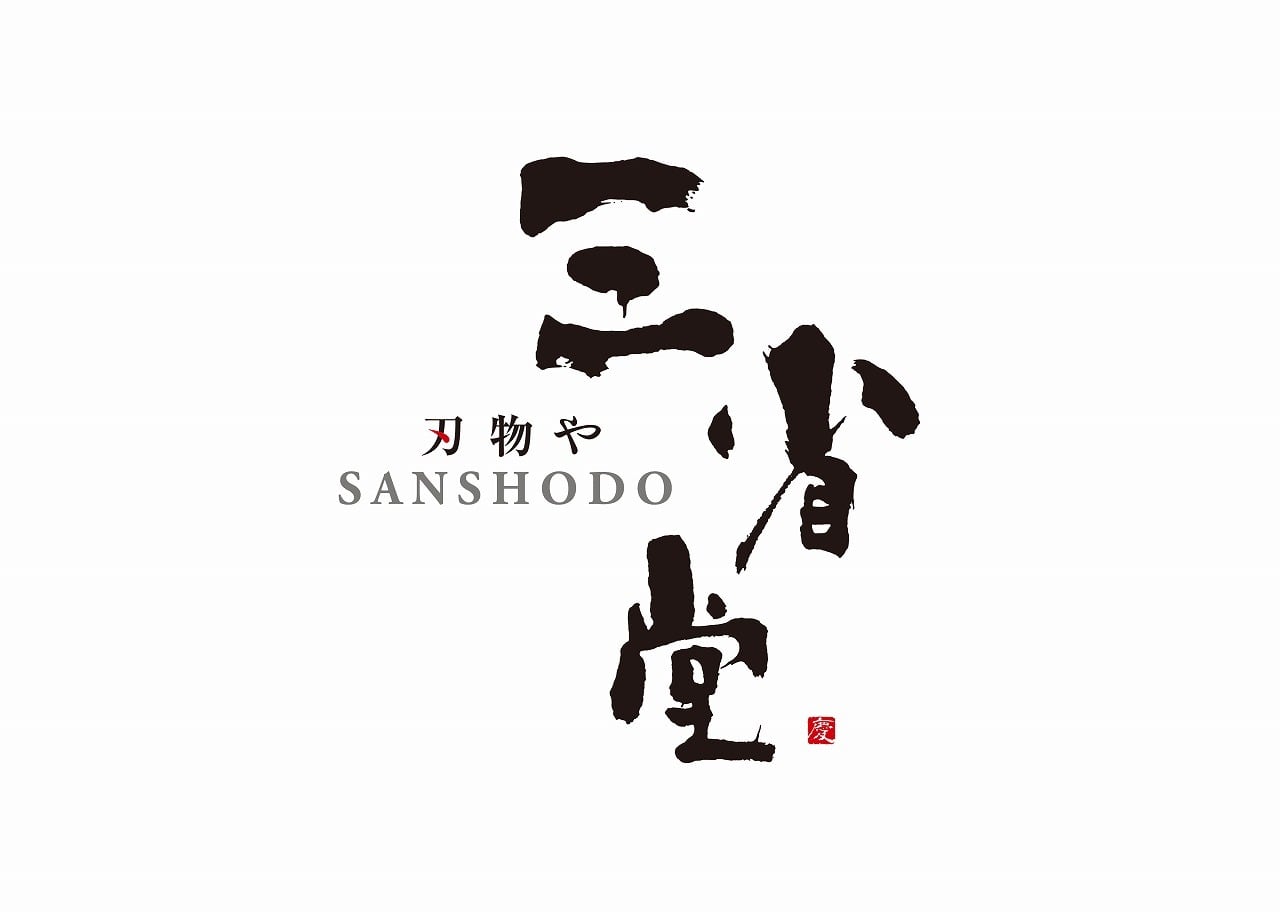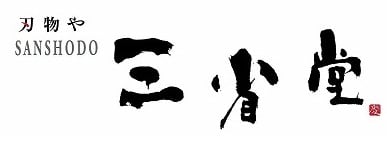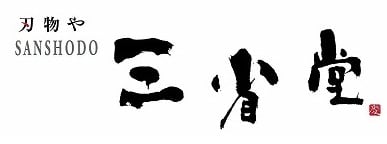~Enrich your culinary experience with the right tools.~
In all cuisine, the way ingredients are cut is crucial in bringing out their full potential. Using a dull knife can cause the tissue to collapse, resulting in a loss of flavor and ruining the entire dish. On the other hand, cutting ingredients properly can dramatically improve the dish.
At Hamonoya-Sanshodo, we are dedicated to providing you with special knives that deliver surprise and excitement through their sharpness and craftsmanship.
Let us help you take your cooking to the next level with our full support.

・Seki City, Gifu Prefecture
・Echizen City, Fukui Prefecture
・Sakai City, Osaka Prefecture
・Miki City, Hyogo Prefecture
・Sanjo City, Niigata Prefecture
-

Petty Minamoto Mitsukane Japanese Steel Black Plywood Base 150mm(ペティ 源光金 日本鋼 黒合板共口金 150mm)
¥5,300($34.45)
Cutlery description Production area: Seki City, Gifu Prefecture (Seki Cutlery) Classification: Small Knife Blade elongated: 150mm Steel: SK Material (Nippon Steel) Pattern: Gold-mouthed black plywood together (By sticking with the mouthpiece, dirt is difficult to accumulate at the boundary between the blade and the handle where dirt tends to accumulate, and can be used hygienically) SK materials contain 0.55 to 1.5% carbon, and are special alloying elements such as chromium and molybdenum. It is an unadded high carbon steel, and it is often used in tools. The name Sk is an abbreviation that mixes English and Japanese. S is Steel, K is tool K. SK materials, like S-C materials (carbon steel for mechanical structures), have an increase in carbon of up to about 0.6%. Harder heat treatment hardness is easier to obtain, but if it becomes 0.6% or more, heat treatment hardness increases quickly would be boring. SK materials often require impact resistance and wear resistance rather than quenching, and among these, steel grades with a low carbon content Striking applications, namely impact resistant orientations requiring toughness, high carbon content steel grades, Because it is chosen for the direction of wear resistance you need, use it for the knife. SK material has long been a common material for kitchen knives, and is the standard steel used for home use. Since it is a corrosive material, it has a better sharpness than stencils such as molybdenum.
-

Petty Minamoto Mitsukane Japanese Steel Black Plywood Base 120mm(ペティ 源光金 日本鋼 黒合板共口金 120mm)
¥5,100($33.15)
Cutlery description Production area: Seki City, Gifu Prefecture (Seki Cutlery) Classification: Small Knife Blade elongated: 120mm Steel: SK Material (Nippon Steel) Pattern: Gold-mouthed black plywood together (By sticking with the mouthpiece, dirt is difficult to accumulate at the boundary between the blade and the handle where dirt tends to accumulate, and can be used hygienically) SK materials contain 0.55 to 1.5% carbon, and are special alloying elements such as chromium and molybdenum. It is an unadded high carbon steel, and it is often used in tools. The name Sk is an abbreviation that mixes English and Japanese. S is Steel, K is tool K. SK materials, like S-C materials (carbon steel for mechanical structures), have an increase in carbon of up to about 0.6%. Harder heat treatment hardness is easier to obtain, but if it becomes 0.6% or more, heat treatment hardness increases quickly would be boring. SK materials often require impact resistance and wear resistance rather than quenching, and among these, steel grades with a low carbon content Striking applications, namely impact resistant orientations requiring toughness, high carbon content steel grades, Because it is chosen for the direction of wear resistance you need, use it for the knife. SK material has long been a common material for kitchen knives, and is the standard steel used for home use. Since it is a corrosive material, it has a better sharpness than stencils such as molybdenum.



